WEBINAR
Using Internal Audits for Process Improvement
Watch this free webinar to learn how to leverage internal audits for process improvements. Setting clear audit objectives, defining the audit criteria and scope, and using internal audit findings for process improvements will be discussed. Attendees will also learn how to link internal audit results to management reviews, key performance indicators, risk assessments, and training plans.
When used effectively, internal audits are a powerful tool for process improvement within an organization. Internal audits evaluate conformity to specified requirements, such as management system requirements and the organization’s own requirements. With defined audit criteria and scope, organizations can leverage internal audits to identify opportunities for improvement and potential actions to address those opportunities.
Along with determining conformity to requirements, internal audits should also be used for continual improvement of management systems and technical operations. Internal audits can
- Provide objective feedback on processes
- Identify gaps between requirements and practice
- Identify inefficiencies
- Highlight best practices
- Guide process improvements
Internal audits should not just be a compliance checkbox. Organizations should use internal audits to assess how well the management system is working to drive process improvement. When internal audits are conducted with a mindset of learning and improving, they become a diagnostic tool for organizations to enhance quality, improve technical competence and minimize risk.
Key Takeaways
- Understand how to set clear audit objectives, audit criteria and scope
- Develop tools to use internal audit findings for process improvements
- Learn how to use internal audits to feed the continuous improvement cycle
- Discover how to link internal audit results to other aspects of the organization’s management system
Audience Questions
At the end of the webinar, questions were asked by the webinar’s attendees. These included:
- Are there any frequencies as per standard?
- Crime scene investigators work in the field where control cannot be exercised as being carried out within a lab, so this leads to chances of deviation from written procedures to some extent. So how much flexibility should there be for the auditors of crime scenes?
- What is the difference between OFIs (opportunities for improvement) versus preventive action?
- Will audit confirmations be responded to should ICE choose to follow up on certificate renewal submissions?
- How can you set a percentage of conformity as part of an internal audit objective? Do you think a reduction in the number of nonconformities is a valid internal audit objective?
- Should the results of the internal audit be used to create preventive actions? Similarly, should OFIs be used to create preventive actions?
- Is it possible to perform an internal audit on a one person laboratory?
- Can a single internal audit contain multiple standards, such as NSF, GMP, or FSSC 22000 at the same time?
- What are the minimum criteria for someone to be an internal auditor?
- Is it not recommended to base your internal audit on the ANAB/ISO recertification audit?
- Are there any specific formats we need to follow for internal audits?
- Can we set internal audit objectives outside the ISO 19011 example to check if risk is effectively managed in an organization?
- If you were verifying effectiveness of corrective actions from your quality system, should that be clarified in your internal audit scope?
- What should we do after an internal audit?
- With the increasing use of AI and automation, how do you see the role of forensic auditing evolving in the next few years?
- Do we need to close the findings in specific timelines for internal audits as per any standard?
- It is believed that both the auditor and the auditee should agree and be on the same page as regards to audit findings for effective audit reports and conclusion. What would the auditor do in a case where the auditee doesn’t agree or is cooperative?
- ANAB mentions that the audit programs should be based on risk levels. Can you give an example?
- Are organizations required to demonstrate that each requirement of the standard has been audited?
- In regards to preventive action versus OFI, many companies use preventive actions when potentials for flaws or errors are found outside of an internal or external audit during the day-to-day activities, and then OFIs are typically given by an auditor during an internal or external audit.
- Can you define hybrid auditing?
- How are internal audits and management review audits interrelated?
- Is there a general standard to look for when auditing?
- Is it possible to do an internal audit vertically, only excluding horizontal and activity witnessing?
- Which is better: planning quarterly department audits or one yearly internal audit covering all departments?
